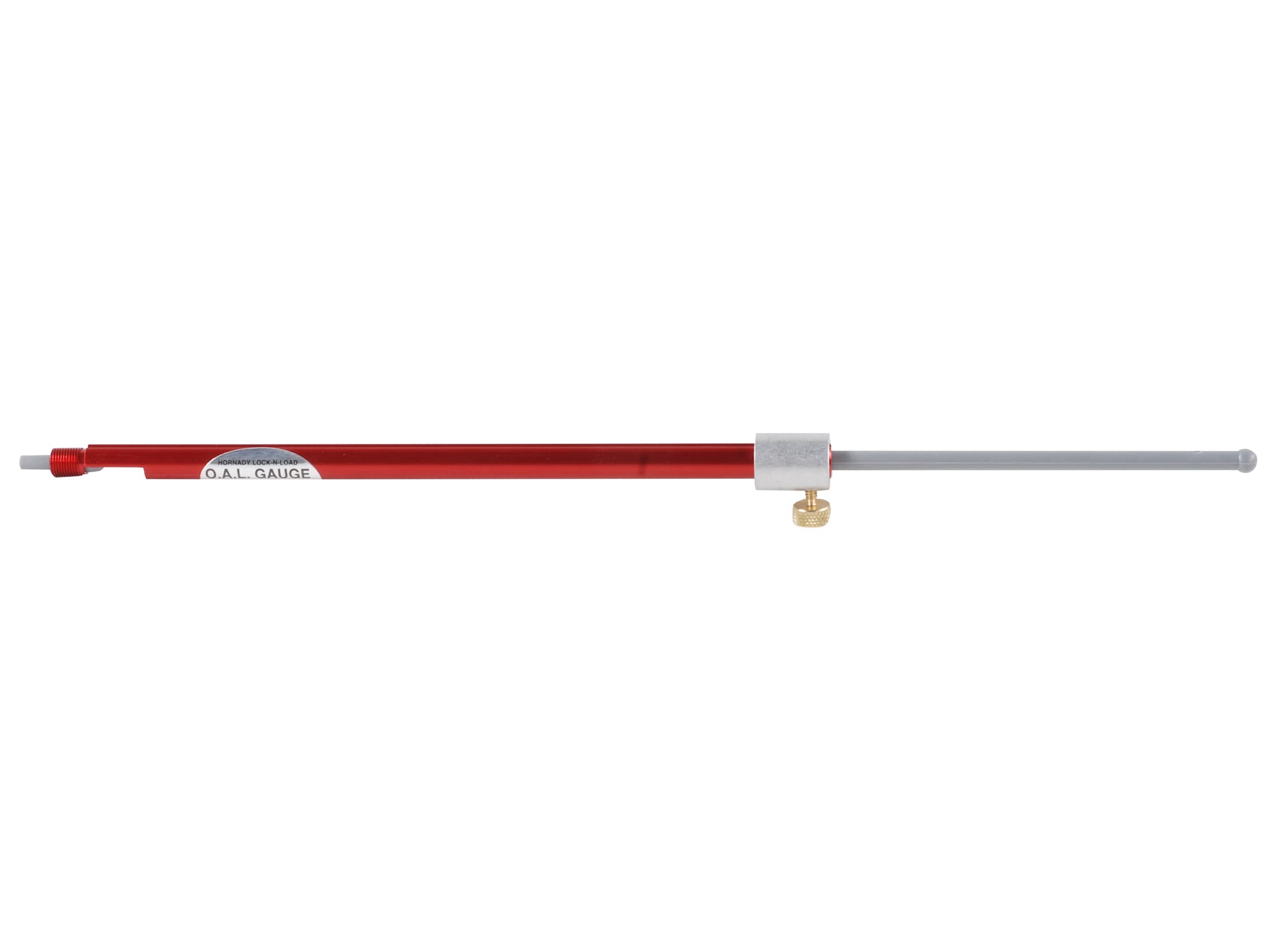Hey all,
I'll start by saying I'm months into reloading so still fairly new. However, I think I've done well overall. There is one particular rifle that has me confused and could use your help. I'm trying to reload for it and want to determine distance to lands so I know where that is and I don't start loading for it by jamming bullets. I generally back off 15 to 25 thou as a start. Details of rifle are below:
Howa mini 1500
6.5 grendel
Virgin starline brass
123 Amax
123 SST
I have stripped the bolt and confirmed that it falls freely both on itself and on a virgin piece of brass, as I am using. I've seated a 123sst little by little and place it on my bolt and send it in to battery to see where it free falls. Then I did the same with a 123Amax.
123sst free falls right at 1.739
123Amax free falls right at 1.7285
Then I tried hornady factory ammo loaded with a 123BTHP. I was able to find two that measure right at 1.683 and one let's the bolt free fall and the other doesn't.
I thought the factory ammo was probably because the cases are not consistent and some brass pieces are fatter than others. However, all my virgin starline has been good fitting and the problem is still present with those.
I'm using hornady guages.
Any tips?
I'll start by saying I'm months into reloading so still fairly new. However, I think I've done well overall. There is one particular rifle that has me confused and could use your help. I'm trying to reload for it and want to determine distance to lands so I know where that is and I don't start loading for it by jamming bullets. I generally back off 15 to 25 thou as a start. Details of rifle are below:
Howa mini 1500
6.5 grendel
Virgin starline brass
123 Amax
123 SST
I have stripped the bolt and confirmed that it falls freely both on itself and on a virgin piece of brass, as I am using. I've seated a 123sst little by little and place it on my bolt and send it in to battery to see where it free falls. Then I did the same with a 123Amax.
123sst free falls right at 1.739
123Amax free falls right at 1.7285
Then I tried hornady factory ammo loaded with a 123BTHP. I was able to find two that measure right at 1.683 and one let's the bolt free fall and the other doesn't.
I thought the factory ammo was probably because the cases are not consistent and some brass pieces are fatter than others. However, all my virgin starline has been good fitting and the problem is still present with those.
I'm using hornady guages.
Any tips?


